Cultural Properties-Waves-
Wind and Waves
Walking from the Tottori Sand Dunes along the shore of the Sea of Japan, you will believe to see the silhouettes of dragons and kirin, carved into uniquely shaped rocks and caves by raging waves. You can enjoy about 50km of diverse coastal landforms, such as bays with beautifully white colored beaches.
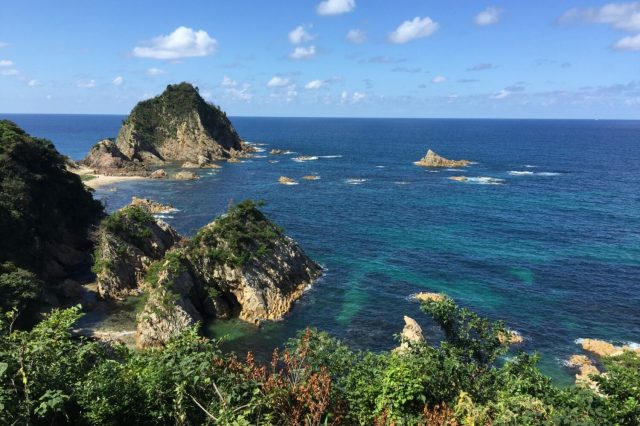
Uradome Coast (Tottori Prefecture, Iwami Town)
The precipitous cliffs, caves, and unique rock formations here were created by erosion from the wind and waves. Pine and rapeseed natively grow on isolated rocks, and the contrast against the clear blue ocean is picturesque.
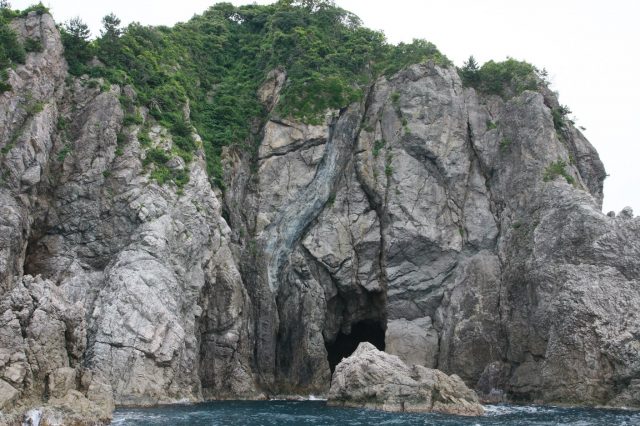
Tajima-Mihonoura Coast (Hyogo Prefecture, Shinonsen Town)
This eight-kilometer rocky coastline created by raging waves is home to rock formations and cave entrances resembling dragons and lions. It used to be difficult to cross by land, and the fishing boats that ferried people across are still in operation today.
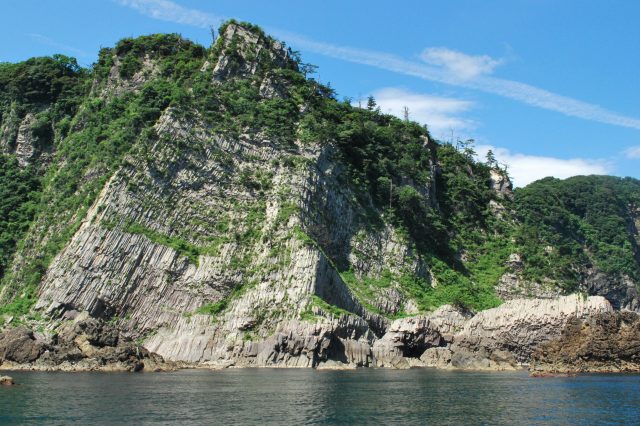
Kasumi Coast (Hyogo Prefecture, Kami Town)
Overlooked by mountains, the rocks and geological layers on display here were exposed by the rough waves cutting through the coastline. The rocky coast stretches on like a sculpture, carved out between the inlets and river mouths.
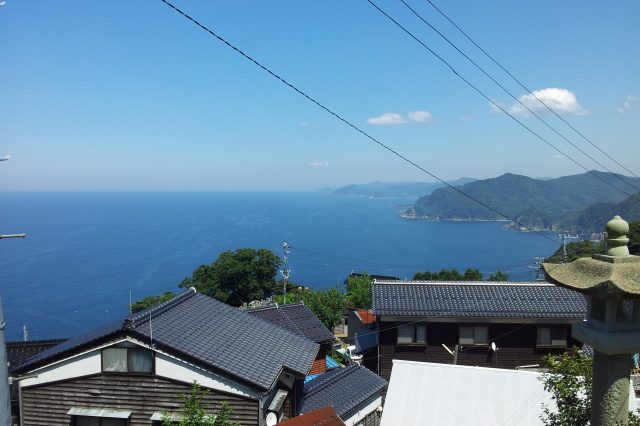
Fishing Villages at the Rocky Coast of Inaba and Tajima (Tottori Prefecture, Tottori City/Iwami Town & Hyogo Prefecture, Kami Town/Shinonsen Town)
Tottori Prefecture, Tottori City
Natsudomari is a site for shiro-ika "white squid" fishing, and small inlets like Sazu are used as ports for sailboats to wait for the wind. In settlements like these, houses with boarding that can withstand wind and snow have their eaves joined together so they overlap each other.
Iwami Town
Tajiri and Ajiro are sites for Matsuba crab fishing. In settlements like these, houses with boarding that can withstand wind and snow have their eaves joined together so they overlap each other.
Kami Town
With Kasumi as a site for Matsuba crab fishing, other locations like Amarube, Yoroi, Shibayama, Munagaki, Hamayasugi, and Aidani serve as ports for sailboats to wait for the wind. Misaki Village carries on the traditions of the Heike Clan after their fall following the Genpei War, passing down the history in their festivals. Houses with boarding that can withstand wind and snow have their eaves joined together so they overlap each other.
Shinonsen Town
Hamasaka is a site for Matsuba crab fishing, and Igumi, Kamaya, Moroyose, and Mio are used as ports for sailboats to wait for the wind. In settlements like these, houses with boarding that can withstand wind and snow have their eaves joined together so they overlap each other.
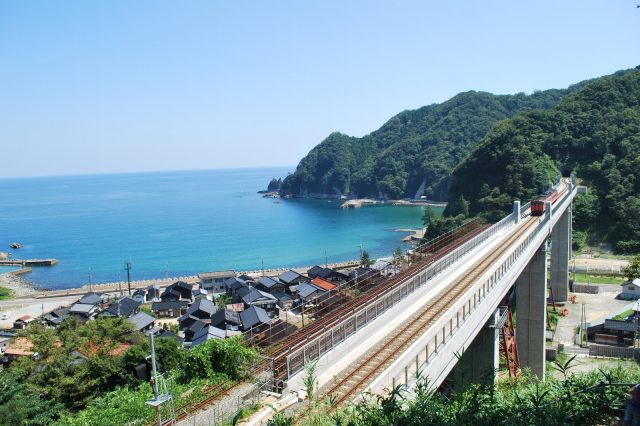
Amarube Viaduct Railway Bridge (Hyogo Prefecture, Kami Town)
A steel trestle bridge that was first installed in 1912, crossing over cliffs over 40 meters tall. The original has since been replaced, finding a new home at the Amarube Sky Station Park.
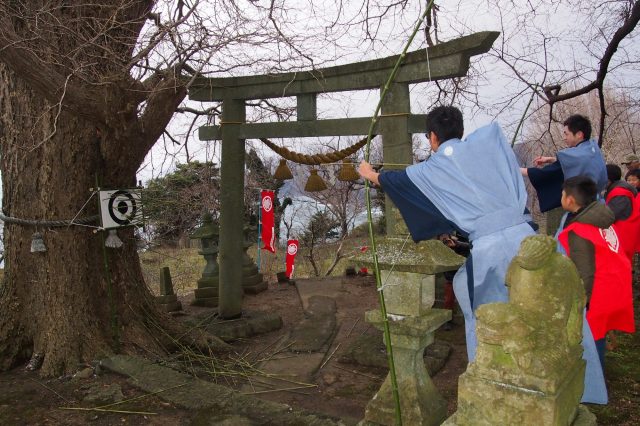
Momote Ritual (Hyogo Prefecture, Kami Town)
On the tops of cliffs facing strong winds, the ancestors of the Heike Clan in Misaki Village pass down a traditional ritual. Using targets resembling Genji — the rival clan that defeated the Heike — three boys shoot 101 arrows at them on the sacred grounds of the guardian spirit.
